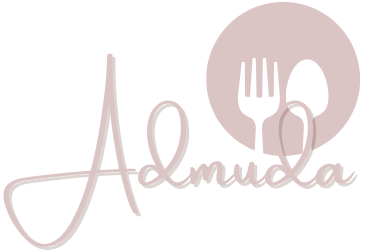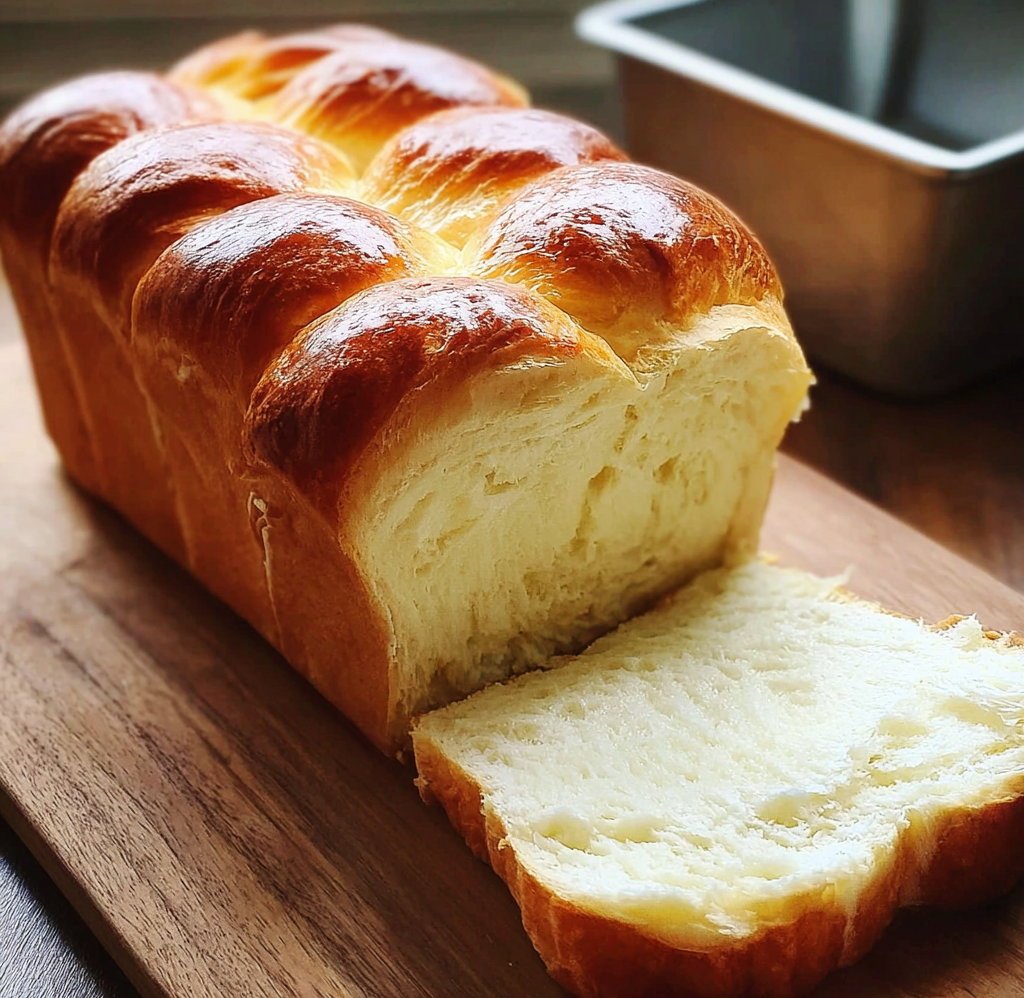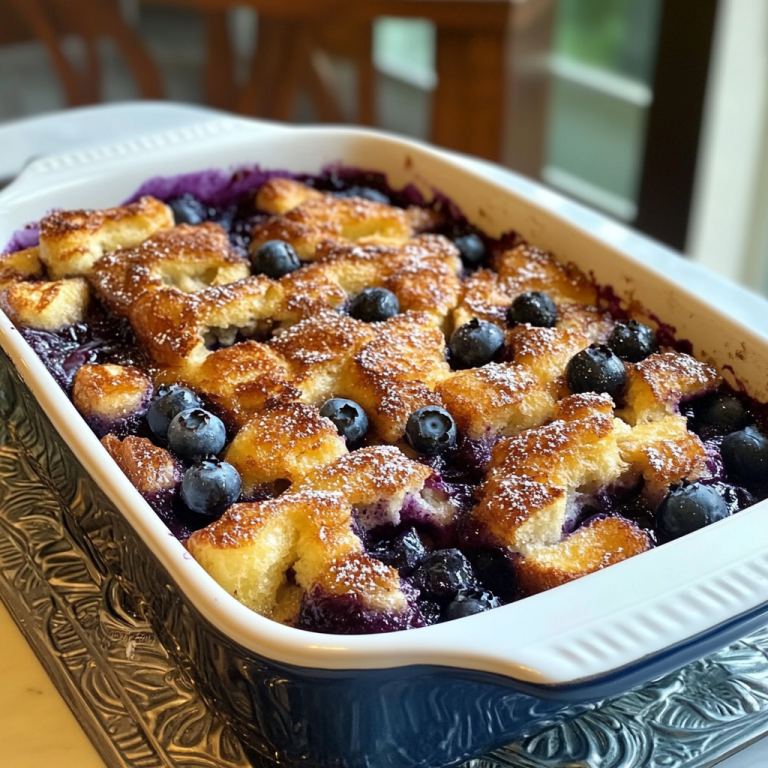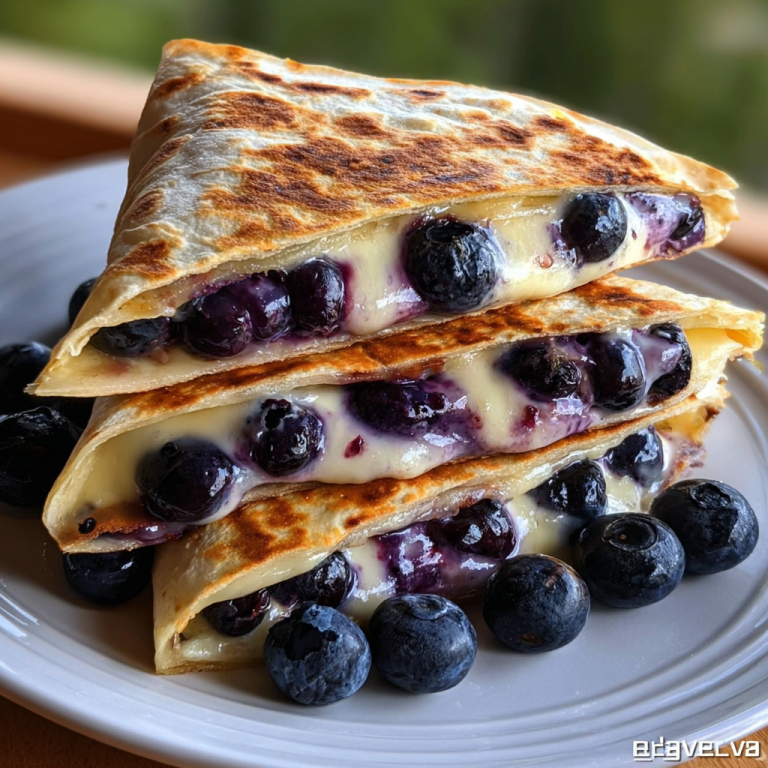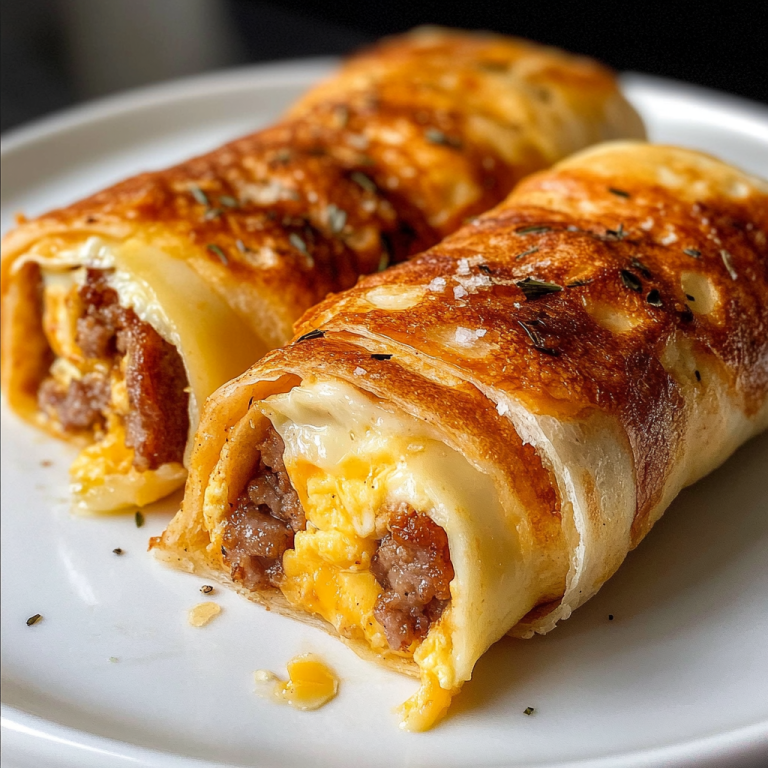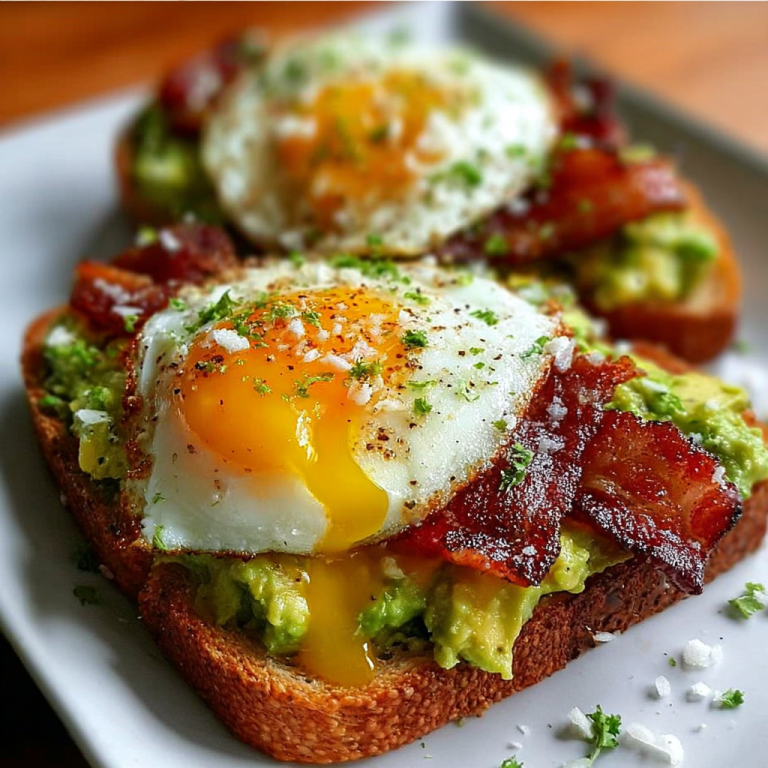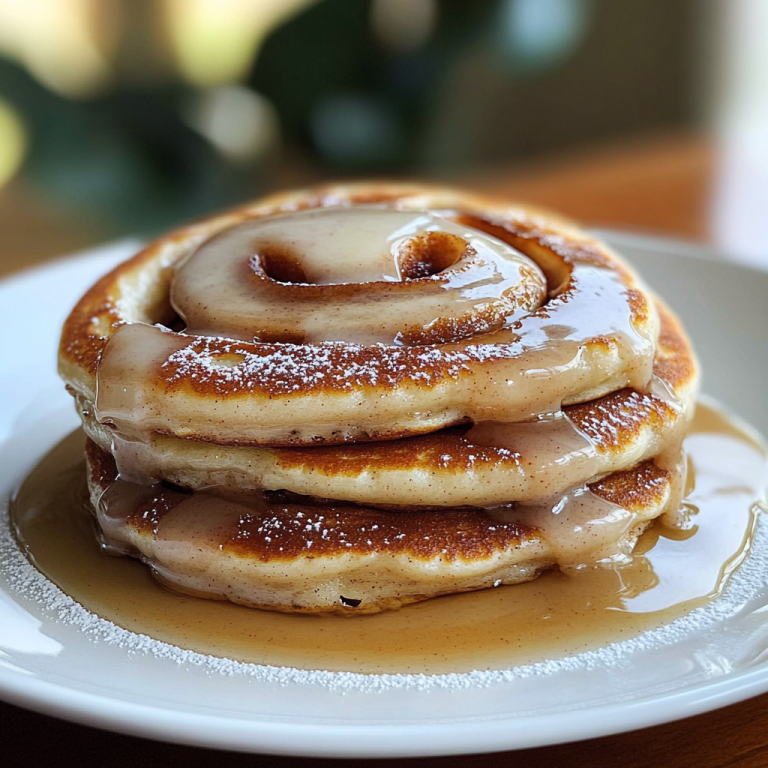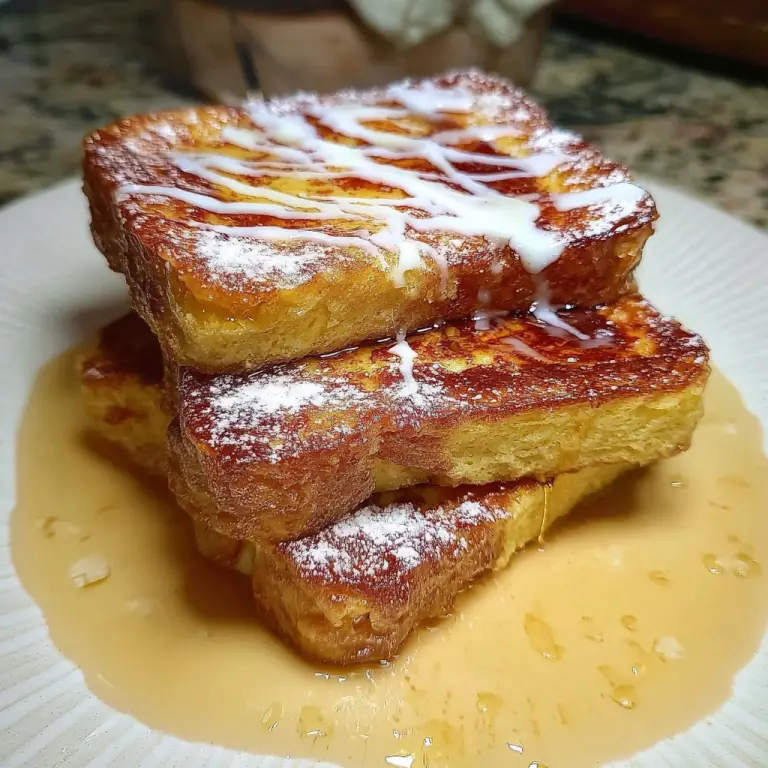Fluffy Butter Bread
Introduction to Fluffy Butter Bread
There’s nothing quite as comforting as a loaf of fluffy butter bread. With its pillowy softness, rich buttery flavor, and golden crust, this bread has become a favorite among home bakers around the world. Unlike plain white bread, fluffy butter bread is an enriched bread—meaning it’s made with milk, eggs, butter, and sugar, giving it a soft, tender crumb that stays moist longer.
Home bakers love this style of bread because it’s simple enough for everyday baking yet indulgent enough to impress at gatherings. Whether you enjoy it plain, toasted with jam, or as a base for sandwiches, this bread is all about comfort and versatility.
The Origins of Fluffy Butter Bread
Fluffy butter bread didn’t appear out of nowhere—it has roots in both Asian and European baking traditions. In Japan, the famous shokupan (Japanese milk bread) became popular for its feathery soft texture and slightly sweet flavor. This bread uses the Tangzhong method (a cooked flour paste technique) to lock in moisture, keeping the bread fresh and pillowy for days.
Meanwhile, European traditions gave us brioche, a French bread enriched with butter and eggs. Brioche is luxurious, tender, and slightly sweet—making it the perfect cousin to butter bread. Together, these influences created the global love for soft, buttery loaves that balance richness with airiness.
For those curious about bread baking science, resources like King Arthur Baking explain how flour strength, yeast fermentation, and kneading all affect the final texture. Similarly, the science of bread softness is beautifully broken down by Serious Eats, making it easier for home bakers to understand why some loaves turn out fluffy while others fall flat.
Key Ingredients That Create Fluffiness
The secret to fluffy butter bread is not just the recipe—it’s how each ingredient contributes to the overall texture. Let’s break it down:
- Flour:
- Bread flour has more protein than all-purpose flour, which helps form stronger gluten networks. This creates structure while still allowing the bread to stay airy.
- All-purpose flour can be used, but the result may be less chewy and structured.
- Butter:
- Provides richness, flavor, and softness.
- The fat coats the gluten strands, preventing them from tightening too much, which leads to a tender crumb.
- Milk:
- Adds fat and natural sugars for sweetness.
- Contributes to the golden crust due to the Maillard reaction.
- Eggs:
- Provide structure, color, and extra richness.
- They also help retain moisture, making the bread softer.
- Sugar:
- Sweetens the loaf slightly.
- Feeds the yeast, aiding fermentation and rise.
- Yeast:
- The powerhouse behind the rise.
- Instant yeast works fastest, but active dry yeast also works well with a bit of patience.
- Salt:
- Essential for flavor.
- Helps regulate yeast activity so the bread doesn’t overproof.
- Tangzhong (optional):
- A pre-cooked flour-and-water paste.
- Adds moisture and keeps bread soft for days.
Step-by-Step Recipe for Homemade Fluffy Butter Bread
Here’s a classic recipe for fluffy butter bread you can try at home.
Ingredients (1 loaf):
- 3 ½ cups bread flour (420g)
- 1 cup warm milk (250ml)
- 1 large egg (60g)
- 3 tbsp sugar (45g)
- 2 tsp instant yeast (7g)
- 1 tsp salt (5g)
- 4 tbsp unsalted butter, softened (65g)
1: Prepare the Dough
- Mix warm milk, sugar, and yeast in a bowl. Let sit for 5–10 minutes until foamy.
- Add egg, flour, and salt. Mix until combined.
2: Knead for Gluten Development
- Knead by hand for 12–15 minutes or use a stand mixer with a dough hook for 8–10 minutes.
- Add butter gradually while kneading until fully incorporated.
- Test with the windowpane method: stretch a small piece of dough—if it forms a thin membrane without tearing, it’s ready.
3: First Proofing
- Place dough in a lightly oiled bowl, cover, and let rise in a warm place for 1–1.5 hours or until doubled in size.
4: Shaping & Butter Layers
- Punch down dough gently.
- Divide into equal portions and roll into balls.
- For extra richness, place a small strip of butter inside each ball before shaping.
5: Second Rise
- Arrange dough balls in a loaf pan.
- Cover and let rise again for 45–60 minutes until puffy and slightly above the pan edge.
6: Baking & Brushing
- Preheat oven to 350°F (175°C).
- Bake for 25–30 minutes until golden brown.
- Immediately brush with melted butter for a shiny, flavorful finish.
Tips for Achieving the Perfect Fluffiness
Even if you follow the recipe exactly, your loaf might turn out a little denser than expected. Here are tried-and-true bread baking tips to ensure your butter bread always comes out light and airy:
- Use the windowpane test: After kneading, stretch a small piece of dough. If you can see light through it without tearing, the gluten is developed.
- Watch your hydration: Dough that’s too dry produces a heavy loaf, while overly sticky dough may collapse. Aim for a slightly tacky dough that’s easy to handle.
- Proof in a warm place: Ideal temperature is 75–85°F (24–29°C). If your kitchen is cold, place the covered bowl inside the oven with just the light on.
- Avoid over-proofing: If the dough rises too much, the yeast weakens and the bread collapses. The dough should double in size, not triple.
- Don’t over-bake: A golden-brown crust is perfect, but leaving it in too long dries out the loaf. Internal temperature should reach about 190°F (88°C).
Enjoy comfort food at its best with these Sausage Cheese Butter Swim Biscuits — savory, cheesy, and melt-in-your-mouth good.
Variations of Fluffy Butter Bread
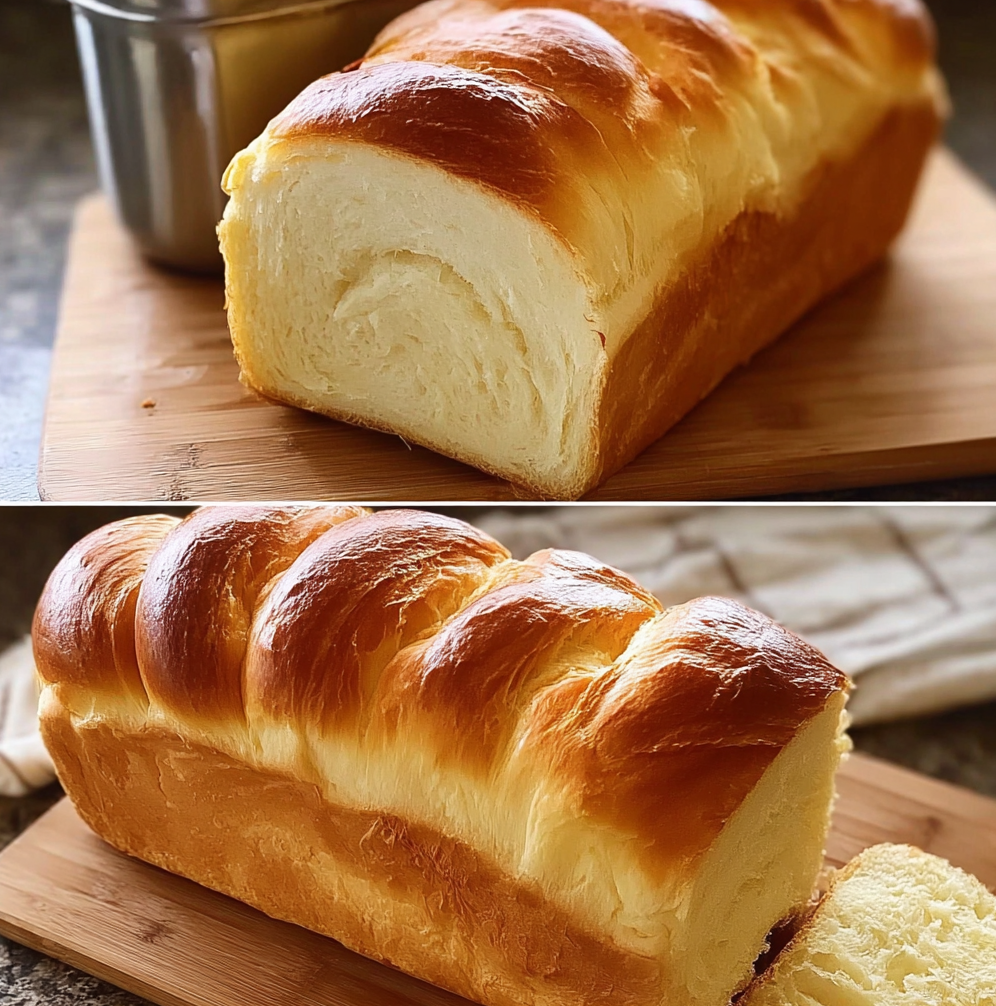
Once you’ve mastered the classic loaf, it’s fun to explore variations. Fluffy butter bread is versatile and adapts well to different flavorings and fillings.
- Hokkaido Milk Bread
- Uses the Tangzhong method (flour paste cooked with water or milk).
- Results in an ultra-soft, shreddable loaf that stays fresh longer.
- Brioche-Style Butter Bread
- Extra eggs and butter make it rich and slightly sweet.
- Ideal for French toast or bread pudding.
- Stuffed Butter Bread
- Fill dough with garlic butter, cheese, or jam before baking.
- Makes a tear-and-share loaf perfect for parties.
- Whole Wheat or Healthier Version
- Replace part of the bread flour with whole wheat flour.
- Add honey instead of sugar for natural sweetness.
- Sweet Fluffy Bread Rolls
- Shape the dough into small rolls instead of a loaf.
- Brush with melted butter and sprinkle with sugar for a dessert-style treat.
Serving Suggestions
Fluffy butter bread is best enjoyed warm, straight out of the oven. But there are countless ways to serve it:
- Breakfast: Toasted with butter, jam, or Nutella.
- Savory pairing: Use as a base for sandwiches, sliders, or grilled cheese.
- With coffee or tea: Its light sweetness makes it a perfect companion to hot drinks.
- Dessert option: Top with whipped cream and fruit, or make a custard-style bread pudding.
Storage & Reheating
One of the biggest challenges with homemade fluffy butter bread is keeping it soft after baking. Unlike store-bought loaves that use preservatives, this bread relies on proper storage to stay fresh. Here’s how to extend its life while maintaining that pillowy texture:
Storing at Room Temperature
- Keep the loaf in an airtight container or a zip-top bag to prevent air from drying it out.
- A bread box also works well to preserve moisture while allowing minimal airflow to prevent mold.
- Avoid refrigerating bread—it accelerates staling and makes even buttery bread go dry faster. At room temperature, your loaf will stay soft for up to 3 days.
Freezing for Long-Term Freshness
- If you won’t finish the bread quickly, freezing is the best option.
- Slice the bread before freezing so you can remove only what you need.
- Wrap each portion tightly in plastic wrap and then in aluminum foil to prevent freezer burn.
- Properly stored, fluffy butter bread keeps in the freezer for 1 month without losing its softness.
Reheating to Restore Freshness
- To revive frozen or day-old bread, warm slices in a 300°F (150°C) oven for 8–10 minutes.
- For quick reheating, wrap a slice in a damp paper towel and microwave for 15–20 seconds.
- After reheating, brush lightly with melted butter for that just-baked taste and shine.
By storing and reheating correctly, you can enjoy the same soft, fluffy texture of freshly baked butter bread—even days later.
FAQs About Fluffy Butter Bread
These are some of the most common questions home bakers ask about buttery bread loaves:
1. Why is my butter bread not fluffy?
- Under-kneading or insufficient gluten development leads to dense bread.
- Over-proofing can cause collapse.
- Incorrect flour type (too low in protein) also affects texture.
2. Can I use all-purpose flour instead of bread flour?
Yes, but expect a slightly less chewy texture. Bread flour has more protein, which creates better gluten strength for fluffiness.
3. How do I make bread softer for longer?
- Use the Tangzhong method to trap moisture.
- Store in a sealed container at room temperature.
- Avoid slicing until completely cooled.
4. Is butter bread the same as milk bread?
They are very similar. Butter bread emphasizes richness from butter, while milk bread highlights the moist, pillowy texture created by milk.
5. Can I make fluffy butter bread without eggs?
Yes! Replace the egg with 3 tablespoons of milk or 2 tablespoons of yogurt. The bread may be slightly less rich but still soft and delicious.
Conclusion
Baking fluffy butter bread at home is one of the most rewarding kitchen projects. With just a few ingredients—flour, milk, butter, eggs, sugar, yeast, and salt—you can create a loaf that rivals bakery quality.
The secret lies in kneading properly, proofing carefully, and baking just enough. Once you’ve mastered the base recipe, you can experiment with milk bread variations, brioche-style richness, or sweet and savory fillings.
Whether you enjoy it fresh from the oven, toasted with butter, or turned into a decadent French toast, fluffy butter bread is a timeless comfort food that never disappoints.
